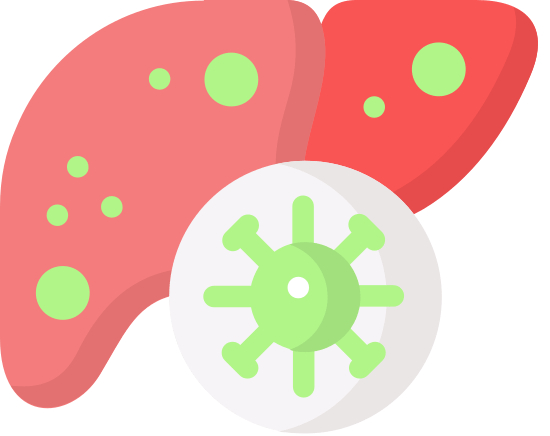Pre-exposure prophylaxis — The primary tool for protection against hepatitis A prior to exposure is vaccination, which is superior to immune globulin with respect to achievable antibody concentrations and durability of immune response. Administration of immune globulin is warranted for selected nonimmune individuals at risk for hepatitis A exposure. Indications for each of these interventions are outlined in Table 2.
Post-exposure prophylaxis to individuals exposed to HAV consists of hepatitis A vaccine and/or immune globulin, depending on the patient characteristics (see Table 2).
| Table 2: Recommendations for postexposure prophylaxis and preexposure protection, by age group and risk category Indication/Age Group |
Risk category/Health Status |
Hepatitis A vaccine |
Immune globulin |
| Postexposure prophylaxis |
| <12 months |
Healthy |
No |
0.1mL/kg |
| 12 months-40 years |
Healthy |
1 dose† |
None |
| >40 years |
Healthy |
1 dose† |
0.1 mL/kg§ |
| ≥12 months |
Immunocompromised or chronic liver disease |
1 dose† |
0.1 mL/kg¶ |
| ≥12 months |
Vaccine contraindicated** |
No |
0.1 mL/kg |
| Preexposure protection |
| <6 months |
Healthy |
No |
0.1–0.2 mL/kg§§ |
| 6-11 months |
Healthy |
1 dose¶¶ |
None |
| 12 months-40 years |
Healthy |
1 dose*** |
None |
| >40 years |
Healthy |
1 dose*** |
0.1–0.2 mL/kg§§,††† |
| All ages |
Immunocompromised or chronic liver disease |
1 dose*** |
0.1–0.2 mL/kg§§,††† |
| >6 months |
Persons who elect not to receive vaccine or for whom vaccine is contraindicated** |
No |
0.1–0.2 mL/kg§§ |
* Measles, mumps, and rubella vaccine should not be administered for at least 2 weeks before and 6 months after administration of IG.
† A second dose of HepA vaccine is not required for postexposure prophylaxis; however, for long-term immunity, the vaccination series should be completed with a second dose at least 6 months after the first dose.
§ The provider's risk assessment should determine the need for IG administration. If the provider's risk assessment determines that both vaccine and IG are warranted, hepatitis A vaccine and IG should be administered simultaneously in a different anatomic site (eg, separate limbs).
¶ Vaccine and IG should be administered simultaneously in a different anatomic site (eg, separate limbs).
** Life-threatening allergic reaction to a previous dose of hepatitis A vaccine or allergy to any vaccine component.
†† IG should be considered before travel for persons with special risk factors for either HAV infection or severe disease from HAV infection.
§§ 0.1 mL/kg for travel up to 1 month; 0.2 mL/kg for travel up to 2 months, 0.2mL/kg every 2 months for travel of ≥2 months' duration.
¶¶This dose should not be counted toward the routine 2-dose series, which should be initiated at age 12 months.
*** For persons not previously vaccinated with hepatitis A vaccine, administer dose as soon as travel is considered, and complete series according to routine schedule if the next dose is needed before travel.
††† May be administered based on provider's risk assessment.
Please contact the Acute Communicable Disease Control (ACDC) Program to report a case, obtain any other technical assistance with specimen collection or completion of forms for hepatitis A.






